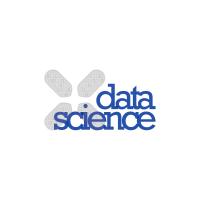Abstract
The information contained in social tagging systems is often modelled as a graph of connections between users, items and tags. Recommendation algorithms such as FolkRank, have the potential to leverage complex relationships in the data, corresponding to multiple hops in the graph. We present an in-depth analysis and evaluation of graph models for social tagging data and propose novel adaptations and extensions of FolkRank to improve tag recommendations. We highlight implicit assumptions made by the widely used folksonomy model, and propose an alternative and more accurate graph-representation of the data. Our extensions of FolkRank address the new item problem by incorporating content data into the algorithm, and significantly improve prediction results on unpruned datasets. Our adaptations address issues in the iterative weight spreading calculation that potentially hinder FolkRank's ability to leverage the deep graph as an information source. Moreover, we evaluate the benefit of considering each deeper level of the graph, and present important insights regarding the characteristics of social tagging data in general. Our results suggest that the base assumption made by conventional weight propagation methods, that closeness in the graph always implies a positive relationship, does not hold for the social tagging domain.








